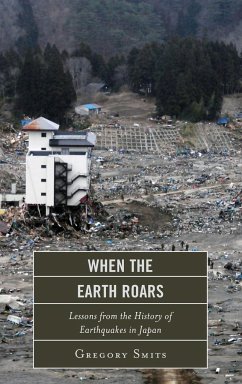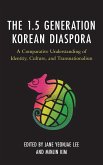Japan, which is among the most earthquake-prone regions in the world, has a long history of responding to seismic disasters. However, despite advances in earthquake-related safety technologies, the destructiveness of the magnitude 9 class earthquake and tsunami that struck the country on 3/11 raised profound questions about how societies can deal effectively with seismic hazards. Tracing the history of earthquakes in Japan, Gregory Smits identifies a cycle of overconfidence and unreasonable expectations with roots as far back as the 1830 Kyoto Earthquake. The author argues that the events of March 11, 2011, and its aftermath are but the latest example of this all-too-human cycle of overconfidence, exacerbated by fading attention to the risks of known natural hazards as time passes. As the first sustained historical analysis of destructive earthquakes and tsunamis, this book is an essential resource for anyone interested in Japan, natural disasters, seismology, and environmental history.
Hinweis: Dieser Artikel kann nur an eine deutsche Lieferadresse ausgeliefert werden.
Hinweis: Dieser Artikel kann nur an eine deutsche Lieferadresse ausgeliefert werden.









